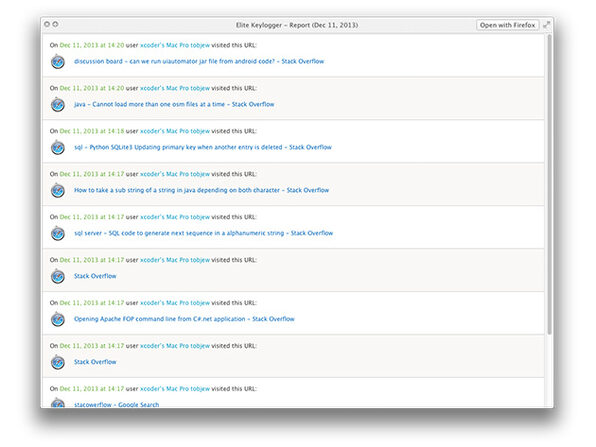I work with a company in Colombia, for which I submit time sheets. The person who created the sheet has set his date column to 'Colombia (Spanish)', which I have verified with him (screenshot of his date format). When I receive this sheet through email, and I look at the date format, it says 'Argentina (Spanish)'. Both of these date formats are DD/MM/YYYY. The first problem here is that the date format that is defined in the original sheet seems to have been replaced by a different date format.
Excel Allow Text Overflow
My Macbook is set to US date format, as it was configured when I purchased the computer, I never modified the date format.
Here's the weird thing:
Changing the format will not change the cell content. If the formula bar contents are in a different format than the actual cell contents than this means that Excel is treating the value as a date. The format only refers to the cell contents not the formula bar. Also realize that Excel pickups up the system date information when it starts.
I enter the date DD/MM/YYYY, so for instance 1/8/2014 (actually entering 4 year digits). In the fx box at the top it shows exactly what I entered, but in the sheet itself, the date is now displayed as '08/01/14' - note that it added the 0's in the day and month, and it changed the year to two digits. Now when I go down the sheet, to enter my time entry on the 13th of August, I enter '13/8/2014'. NOW it does display it exactly as I entered it, and it does not add the 0.


Stop Text Overflow Excel
My contact in Colombia has to reset these date formats, even when I go in and change the format to Colombian. How can I make it so that it actually uses the format that I've defined?